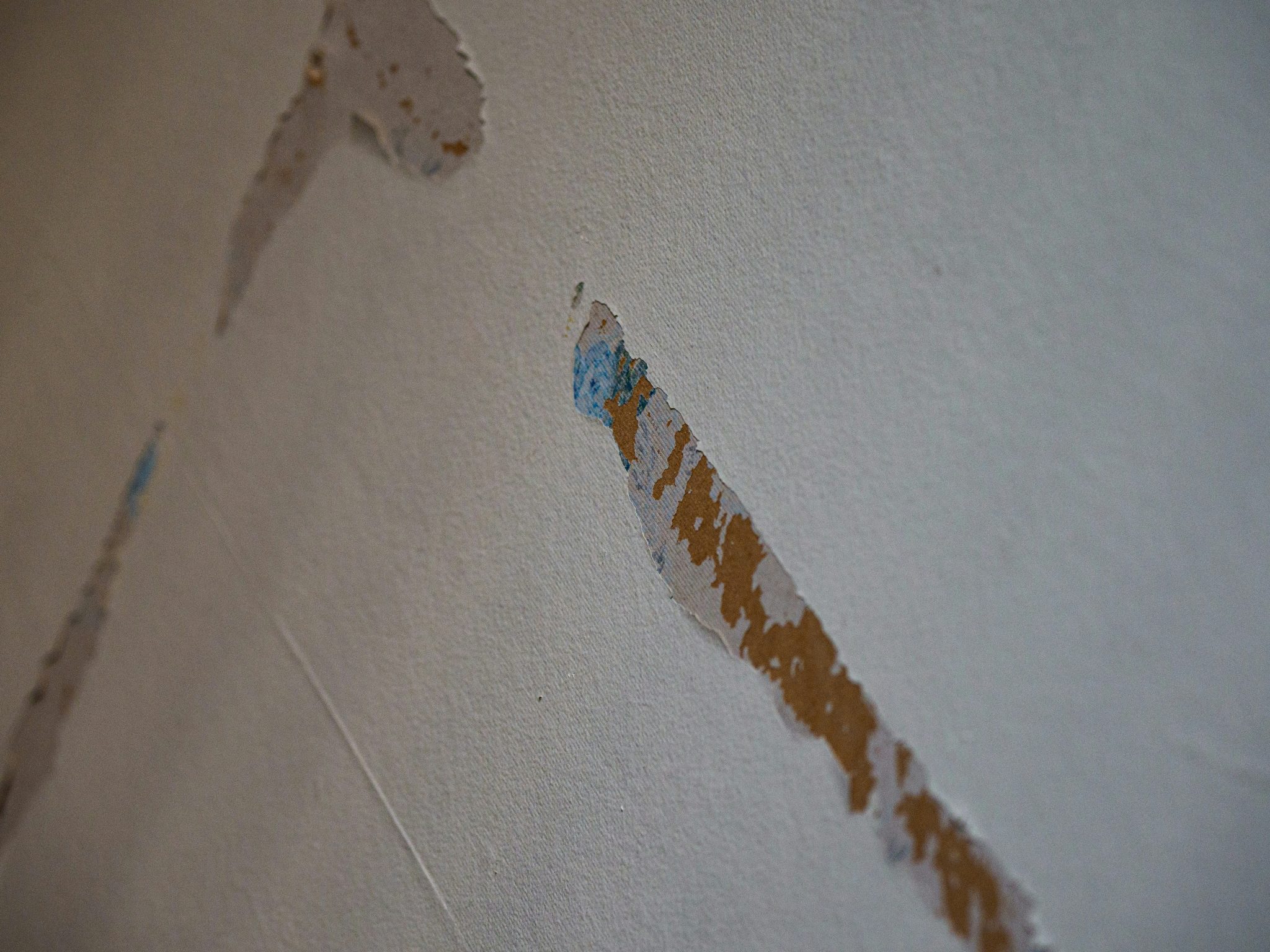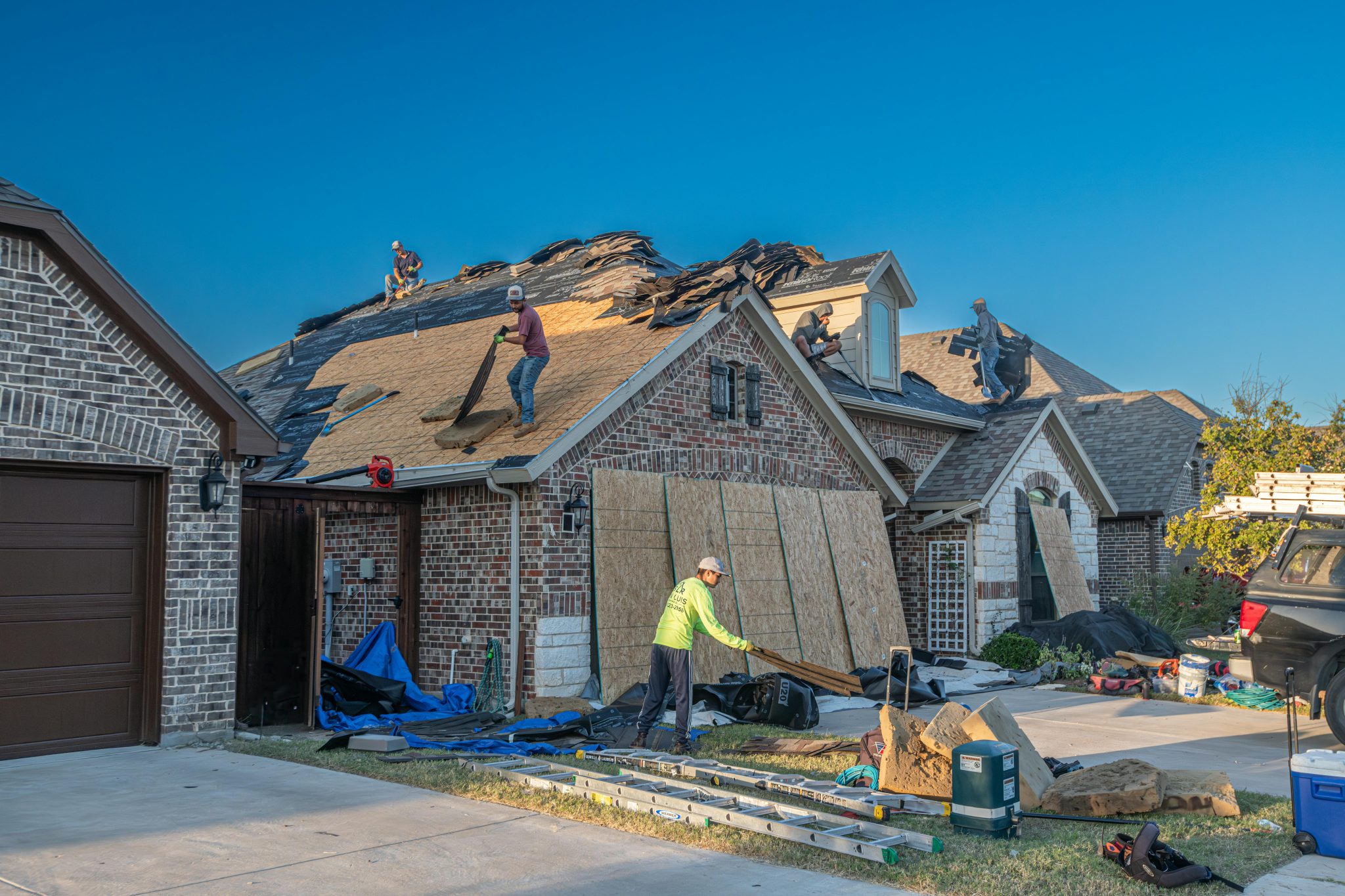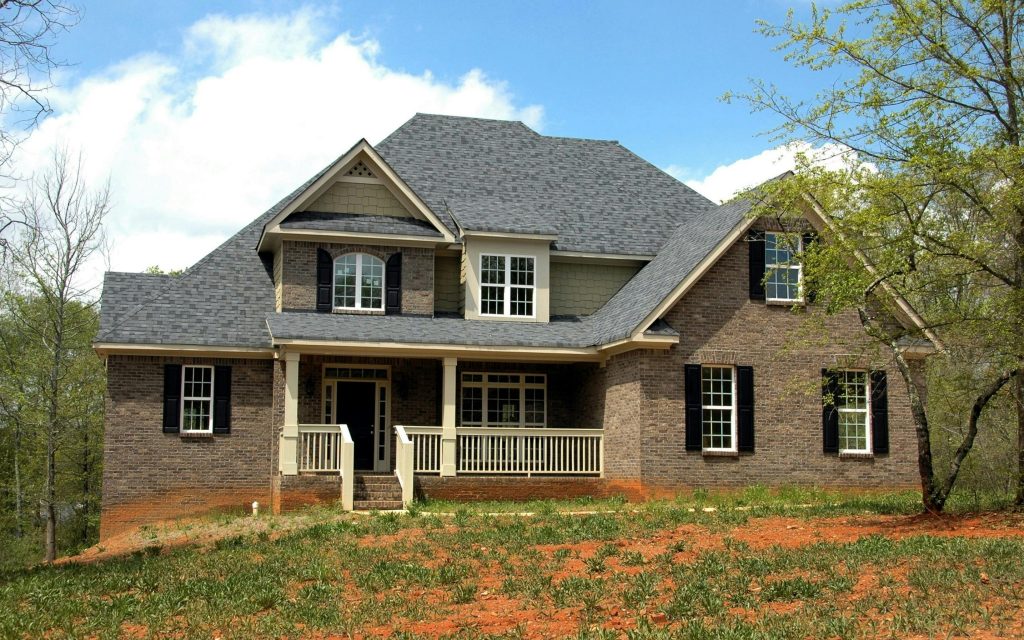Many people ignore small roof problems until they get much worse. A weak roof can lead to water leaks and costly repairs. This post will show you the warning signs and give easy steps for roof maintenance.
Stay ahead and protect your home before it is too late.
Visible Signs of Roof Damage
Your roof can show clear signs that it needs help. Look for missing or cracked shingles and other issues that could lead to bigger problems.
Missing, Cracked, or Curling Shingles
Missing, cracked, or curling shingles leave your roof open to water leaks and weather damage. Rainwater can slip under loose spots and reach the wooden parts of your home. This weakens structural integrity over time.
Strong winds and storms in the U.S. damaged millions of shingles last year. A single missing shingle may seem small but it can lead to water damage inside walls or ceilings. Broken edges also allow pests into your attic space, risking even more costly repairs later on.
Regular roof inspection helps spot these problems fast. Early shingle repair keeps replacement costs lower and protects your home’s value.
Damaged or Rusted Flashing
Damaged or rusted flashing lets water slip under your roof. This thin metal strips seal the joints and edges of your roof, like around chimneys, skylights, and vents. If flashing cracks or rusts, leaks start and water damage spreads fast.
According to the National Roofing Contractors Association, flashing problems cause up to 90% of all roof leaks. Water leaks weaken the wood under your shingles and can lead to expensive structural damage.
Small cracks or rust spots may lead to big repair bills and mold growth. Regular roof inspection helps spot these problems early, lowering your repair costs.
Flashing failures are one of the most common causes of roof leaks, says Tom Bollnow, senior director of technical services at the National Roofing Contractors Association.
Sagging Rooflines
Sagging rooflines signal serious structural damage. Heavy snow, water damage, or old age can weaken roof support beams. You may notice the roof dipping or bowing in the middle. This can lead to water leaks and more damage inside your home.
Roof maintenance and regular roof inspection help catch these issues early.
Left untreated, sagging spots may collapse under stress. This can cause costly property damage and raise replacement costs. Early roof repair can protect your home’s structural integrity and keep your family safe.
Roof replacement may be your best option if the sag is large or spreading.
Hidden Indicators of Roof Problems

Look for signs inside your home. Water stains on ceilings or walls can mean trouble up top. Mold and moss may grow where there are leaks. If you find granules in your gutters, it could signal shingle damage above.
Water Stains on Ceilings or Walls
Water stains on ceilings or walls can signal a roof problem. These stains often appear as yellow or brown patches. They show that water leaks have entered your home. Over time, these leaks can cause serious damage and mold growth.
Ignoring these stains is risky. They mean there could be damage to your roof’s structure. It is important to inspect your roof regularly for signs of wear, such as missing shingles or damaged flashing.
Roof maintenance helps prevent costly repairs later on. Taking care of small issues now keeps your home safe and dry.
Mold, Moss, or Algae Growth
Water stains on ceilings or walls can lead you to hidden problems. Mold, moss, and algae can grow on your roof if it stays wet for too long. These growths trap moisture and cause damage over time.
They may eat away at shingles and promote leaks.
Mold and algae can harm your roof’s protective barrier. Moss holds water against the surface, which speeds up wear. Regular roof inspection is vital to catch these issues early. Keeping your roof clean helps maintain its lifespan and protects your home from costly repairs later on.
Granules in Gutters
Granules in gutters are a sign of trouble. These tiny bits often come from asphalt shingles. As shingles age, they lose granules due to weather damage and normal wear. When you see these granules piling up, it means your roof is not protecting your home well.
This loss can lead to more serious issues. Shingles without enough granules may crack or curl sooner than expected. They won’t keep out rain as effectively, increasing the risk of leaks inside your home.
Spotting these signs early helps with leak detection and roof maintenance tasks that protect your property from further damage. After recognizing this issue, turn attention to the consequences of ignoring roof problems next.
The Consequences of Ignoring Roof Issues
Ignoring roof issues can lead to higher energy bills and serious damage to your home. Water leaks can wreck your walls and ceilings. Mold can grow, making your home unhealthy. Take care of your roof now to avoid costly fixes later.
Want to know more? Keep reading!
Increased Energy Bills
A damaged roof can lead to higher energy bills. Gaps and leaks allow air to escape your home. This makes your heating and cooling systems work harder. As a result, you use more energy than needed. Professional contractors who use electrical contractor software can help identify and address related energy inefficiencies quickly. These tools allow contractors to track inspections, schedule repairs, and document electrical and insulation issues in real time, ensuring problems that affect energy use, like wiring near leaky spots or poorly connected HVAC components, are addressed efficiently.
Poor insulation from roof issues can waste heat in winter and cool air in summer. You may notice your bills going up without changes in usage or rates. Regular roof maintenance helps prevent these extra costs.
Sealant repairs or new shingles can save you money over time.
Structural Damage Risks
Structural damage can cause significant problems for your home. A weak roof affects the support beams and walls below it. This may lead to cracks in the walls or even a collapse in serious cases.
Water leaks from a damaged roof make things worse. They can rot wood and weaken materials over time.
Disregarding these risks only makes repairs costlier down the road. Regular roof inspections help spot issues before they grow larger. Keeping your roof in good shape protects your whole house effectively.
Taking action now prevents further damage later, leading to improved outcomes. Next, we will discuss the best times to repair or replace your roof.
Mold and Mildew Growth
Mold and mildew can grow on your roof when water gets trapped. This usually happens due to leaks or poor ventilation. When moisture builds up, it creates a perfect environment for these fungi to thrive.
Mold and mildew can spread quickly, leading to bigger problems.
This growth harms the look of your home and damages its structure. It can weaken roofing materials over time. Regular inspections help catch these issues early on. Checking for mold is an important part of maintaining your roof’s health.
Next, we will discuss the consequences of overlooking roof issues.
When to Repair vs. Replace Your Roof

Sometimes, it is tough to decide if your roof should be repaired or replaced. This table can help you see the key differences.
Regular inspections and timely roof restoration can prevent small issues from escalating into major repairs.
|
Repair Your Roof |
Replace Your Roof |
|---|---|
|
Shingles are missing from a small area. |
More than 25% of shingles are damaged or gone. |
|
Damage is limited to one side or spot. |
Leaks appear in several rooms or areas. |
|
Roof is under 15 years old. |
Roof is over 20 years old, especially asphalt roofs. |
|
Minor leaks after big storms. |
Decking is soft, sagging, or rotting. |
|
Flashing is loose or rusted in one spot. |
Widespread mold, moss, or algae problems. |
|
Granules show up in the gutters for a short time. |
Granules keep coming off after every rainfall. |
|
Estimated cost of repairs is less than one-third of replacement. |
Repair costs reach 50% or more of a new roof price. |
|
Insurance covers simple fixes. |
Insurance denies claims due to age or neglect. |
Making the right choice protects your home from costly consequences like structural damage and mold.
Conclusion
Your roof needs attention. Don’t wait until it’s too late. Regular checks can spot problems early. Fixing issues now saves money later. Keep your home safe and strong by caring for your roof today.




















